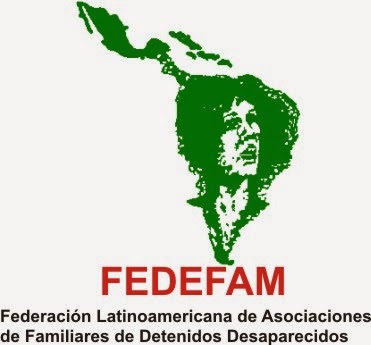
Association of Relatives of Detained and Disappeared Persons (ASFADDES)
Forced Disappearance in Colombia began to be implemented within the framework of the National Security doctrine in the late 1970s, escalating in the 1980s as a repressive and systematic method to eliminate political opponents and as a mechanism of repression when the violation of human rights became institutionalized in this country.
The first recorded case of forced disappearance in Colombia and recognized as a repressive method to eliminate political opponents of the regime dates back to September 9, 1977, with the detention and disappearance of Omaira Montoya Henao, a 30-year-old bacteriologist who was three months pregnant and a leftist militant.
Over these two decades, this heinous crime was characterized by being selective, involving prior surveillance, monitoring, intelligence operations, and execution by state security agencies against the victims.
The relatives of the victims, filled with pain, anguish, and uncertainty about the fate of their loved ones, the Detained - Disappeared, and facing questions like "Who had taken them? Why were they taken? But above all, where were they?" turned to government authorities in the hope of obtaining answers and with the expectation of the immediate return of their loved ones home. Instead, they were met with offensive and sarcastic remarks that not only cast doubt on the occurrence of the events but also undermined the dignity and reputation of the disappeared, assuming a complete denial of the occurrence of this repressive practice in Colombia.


































